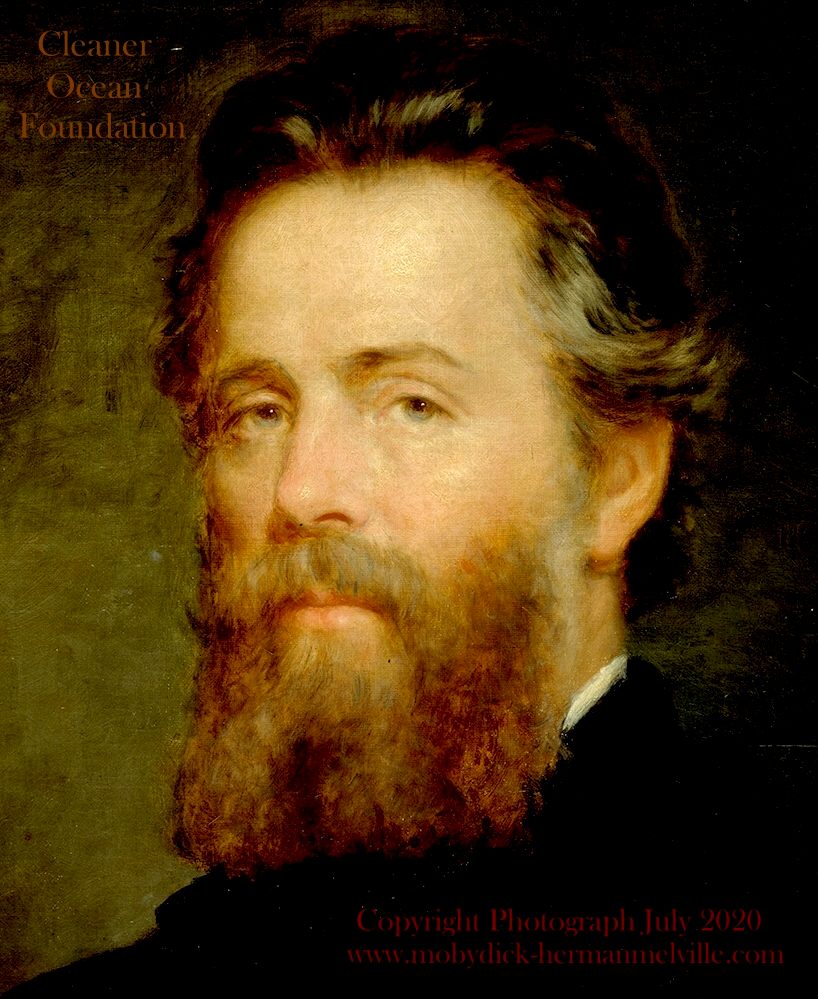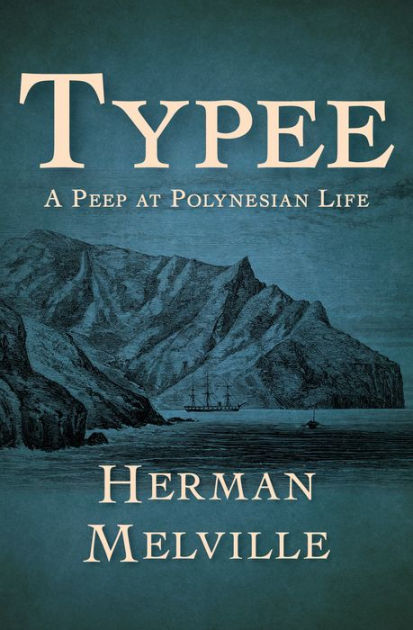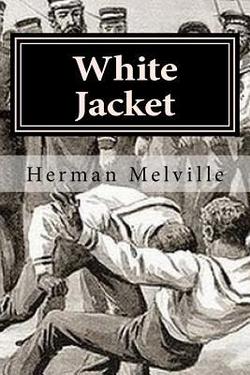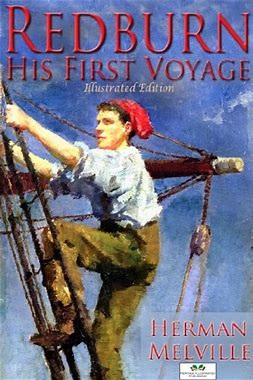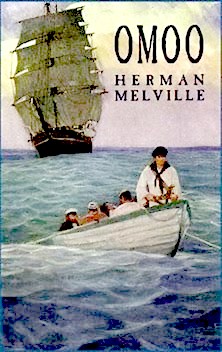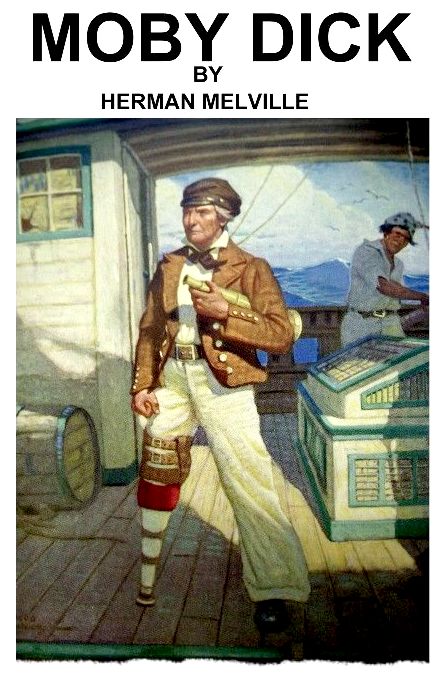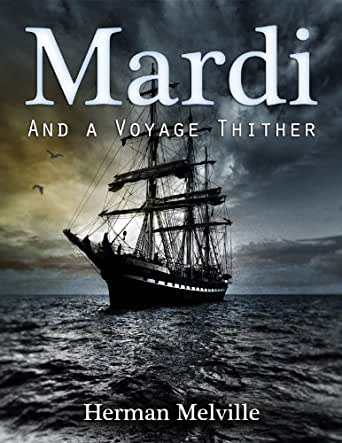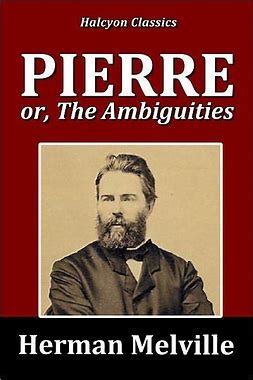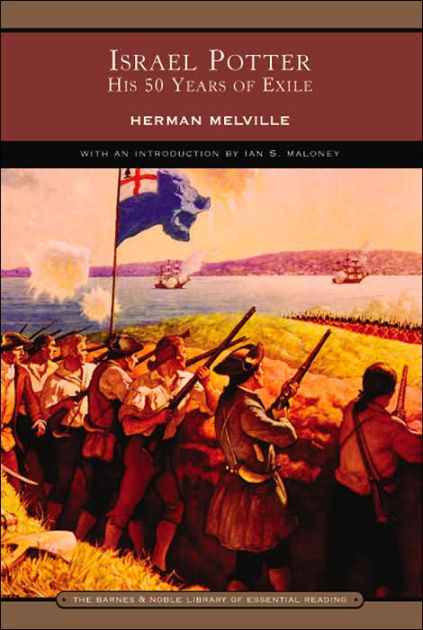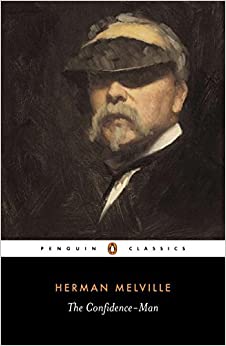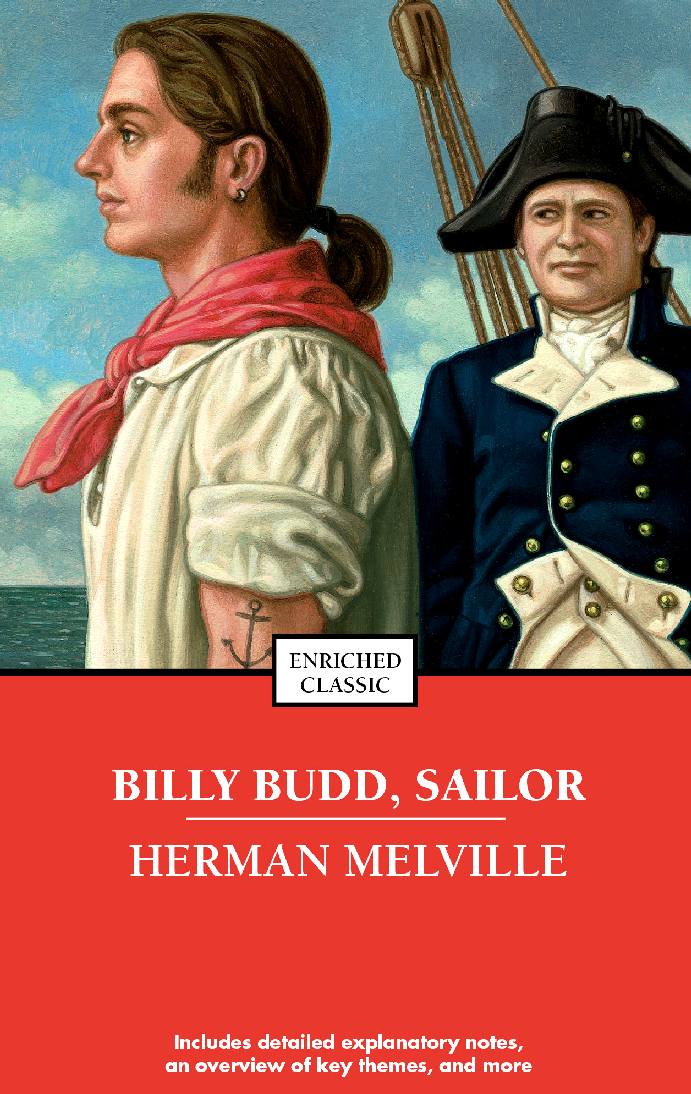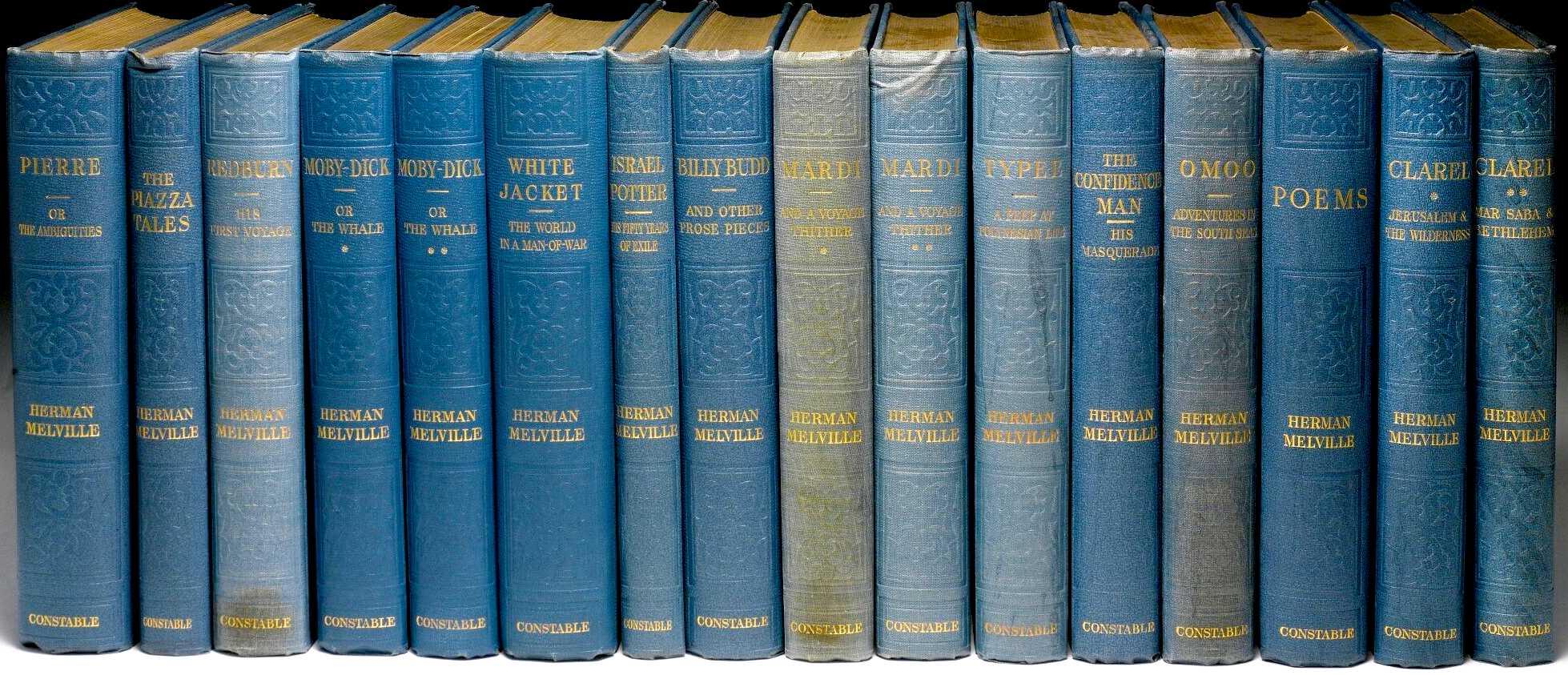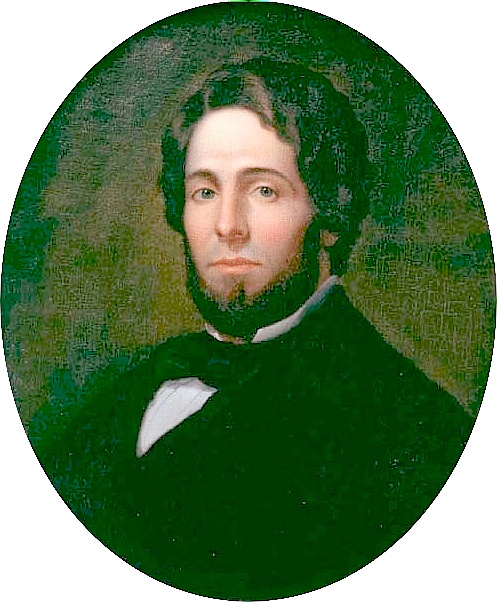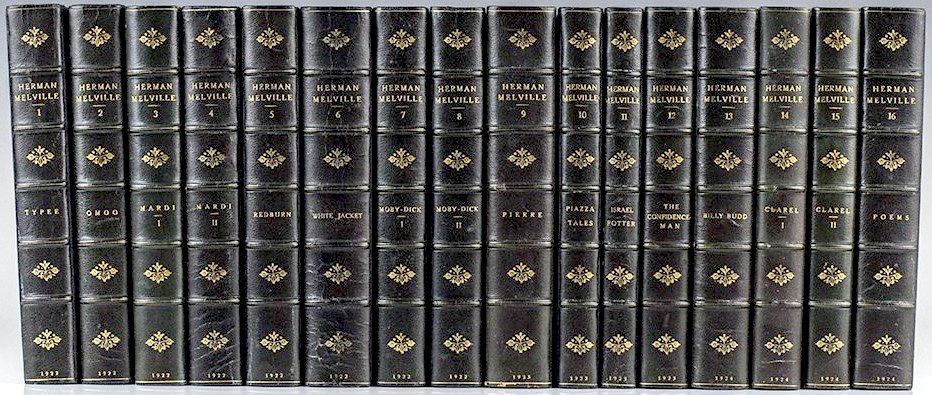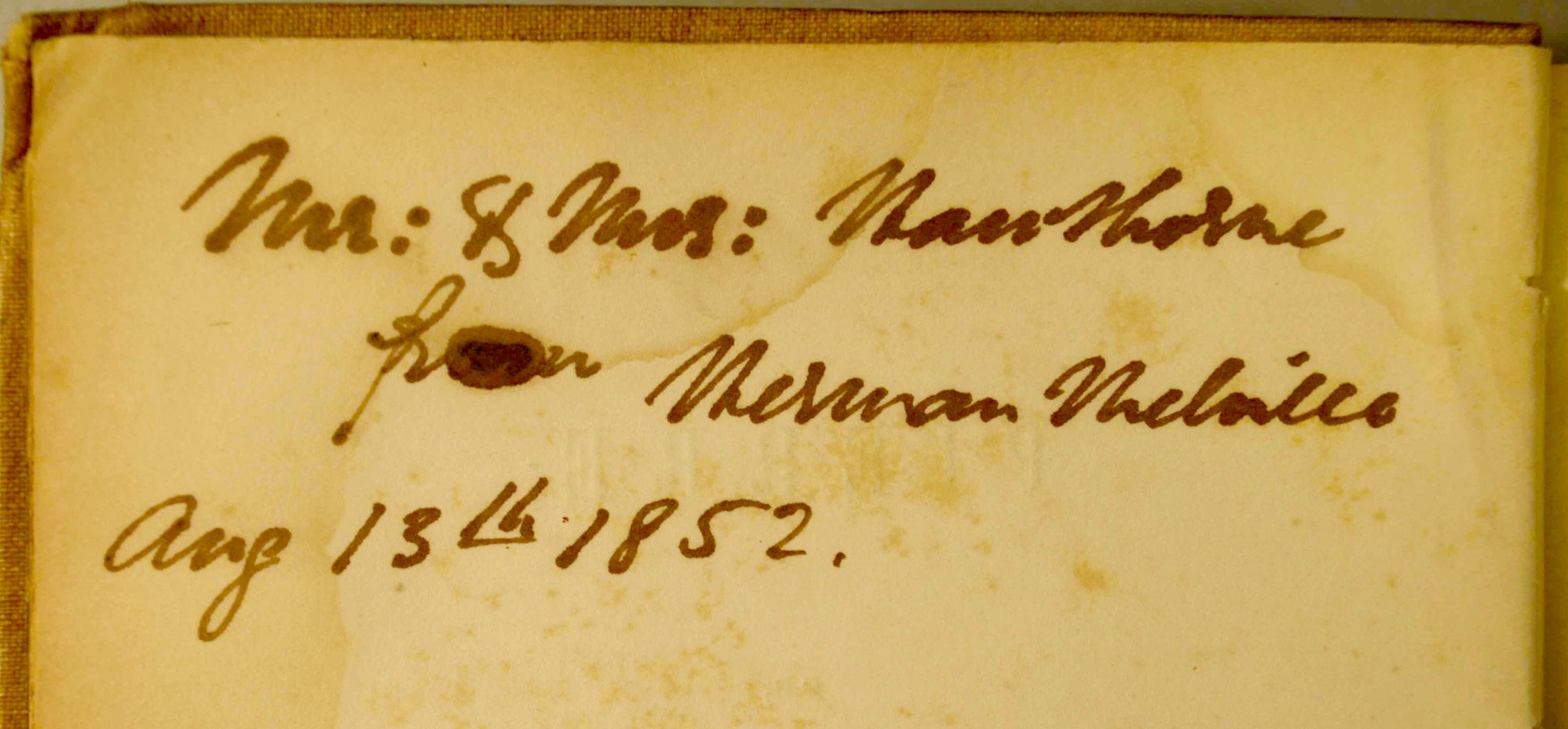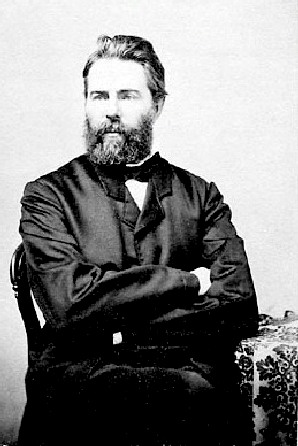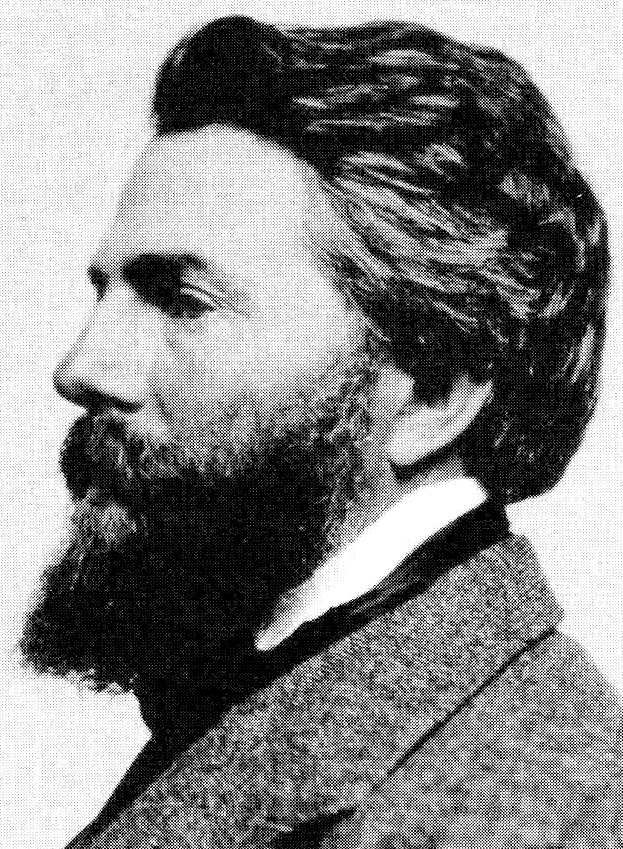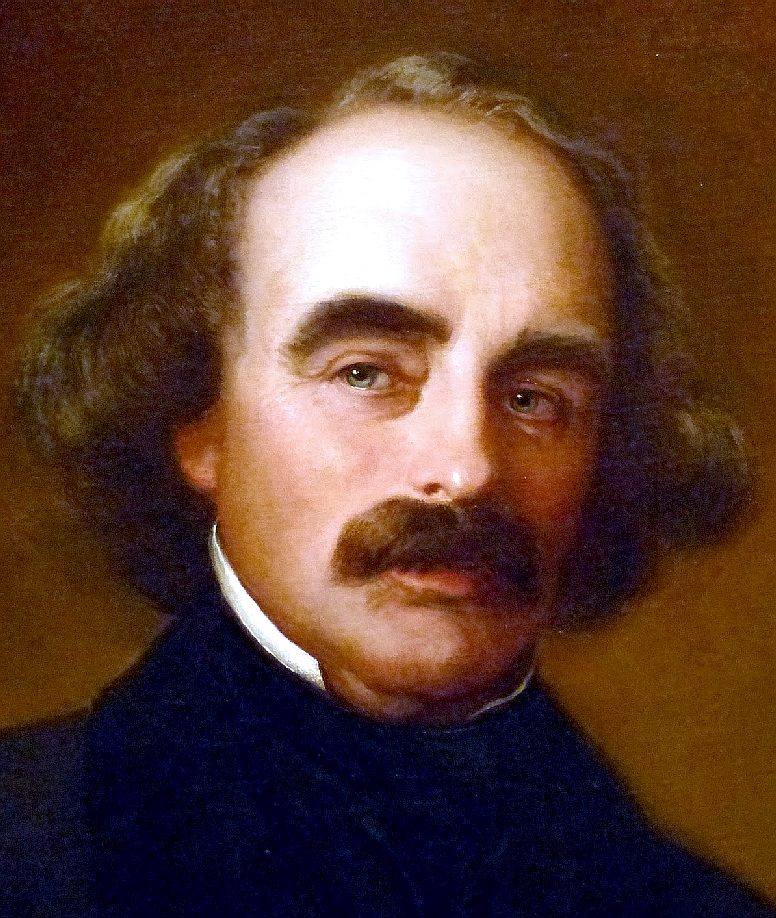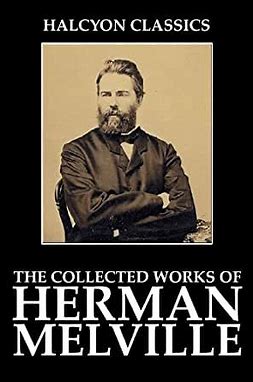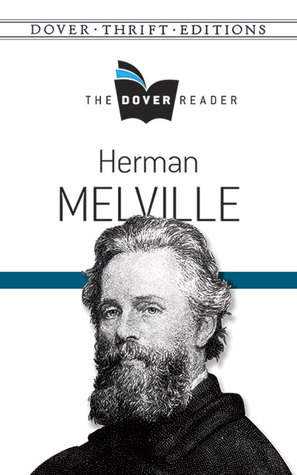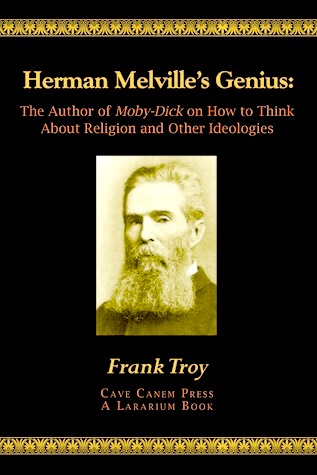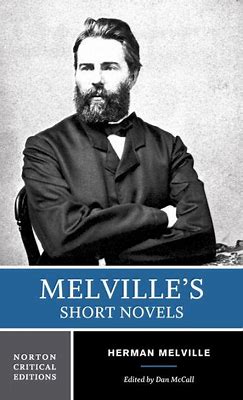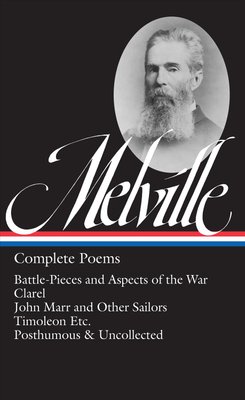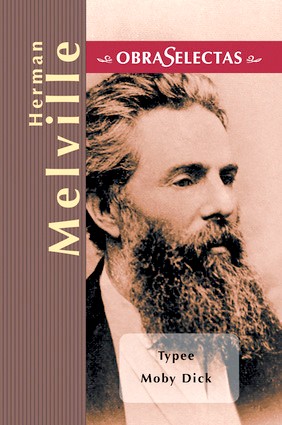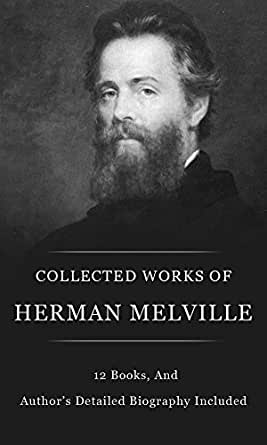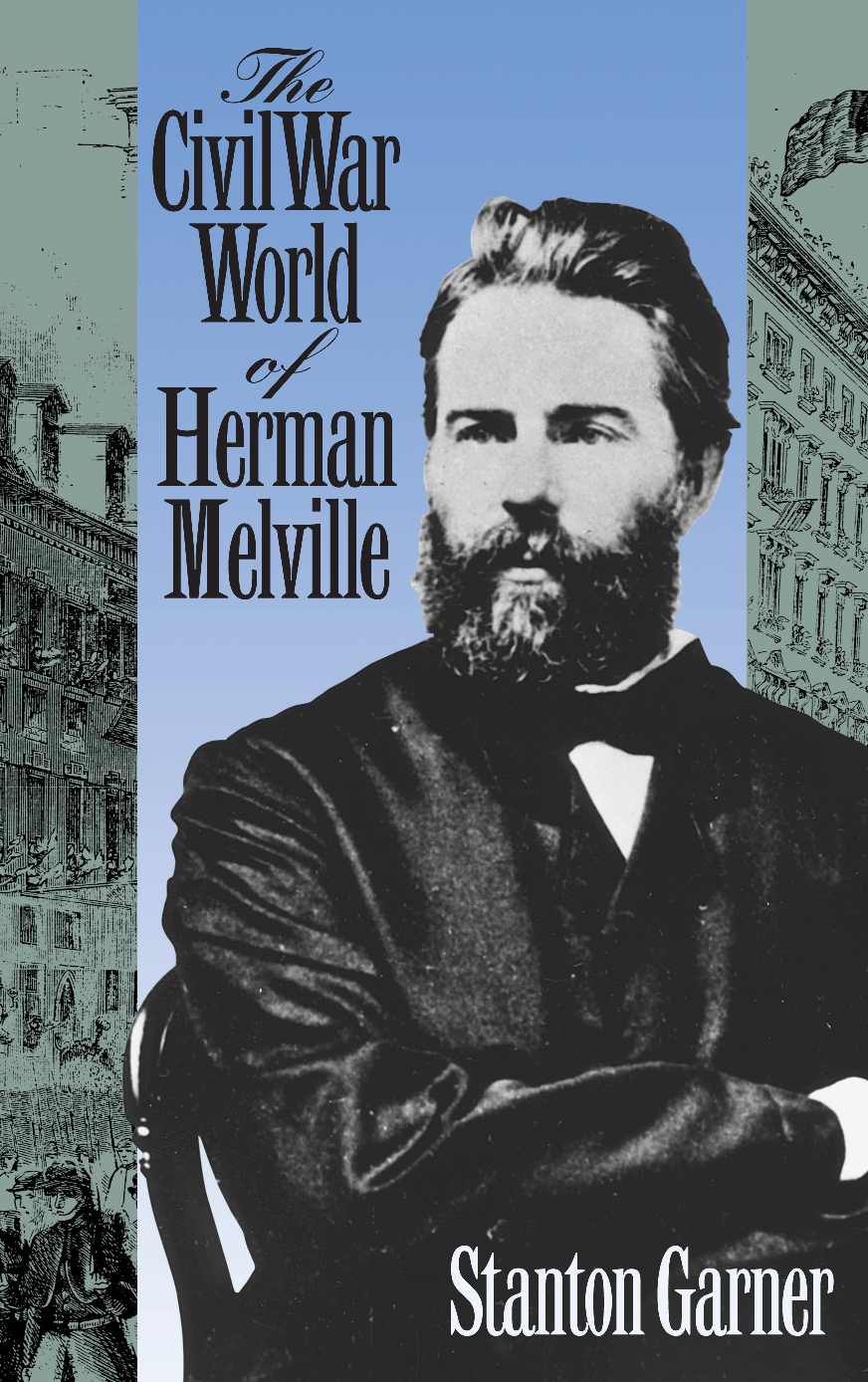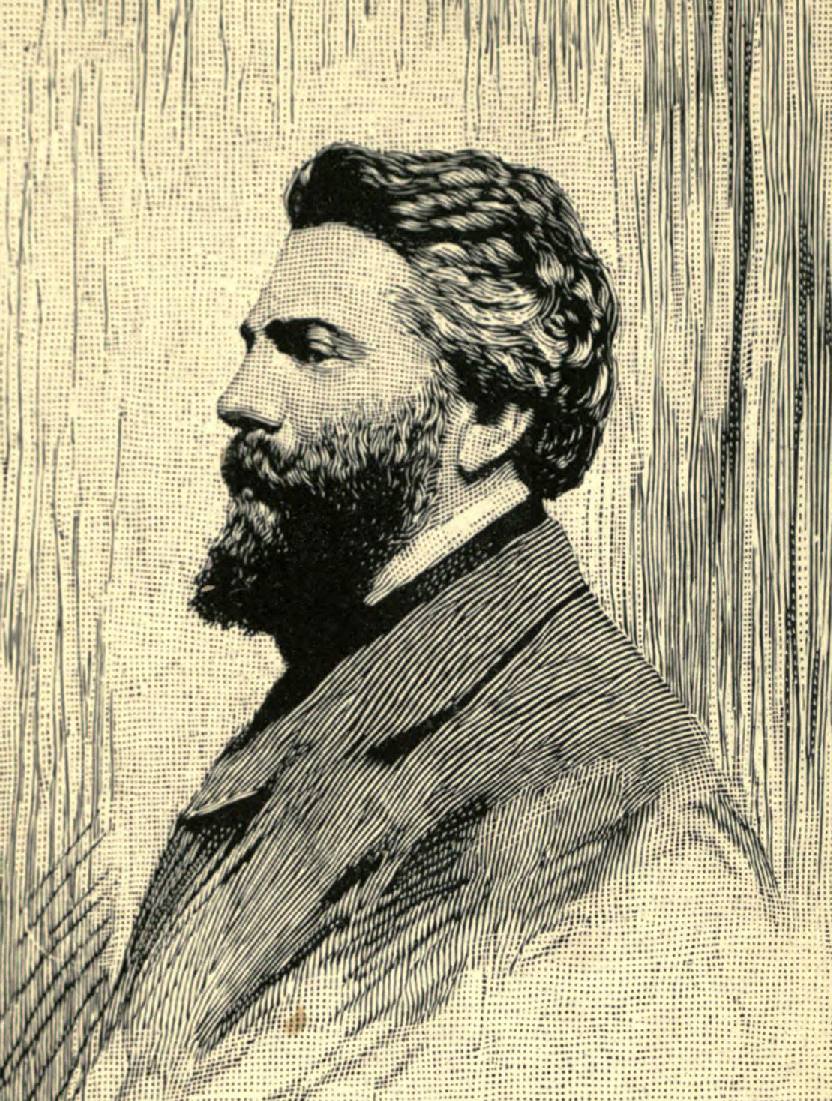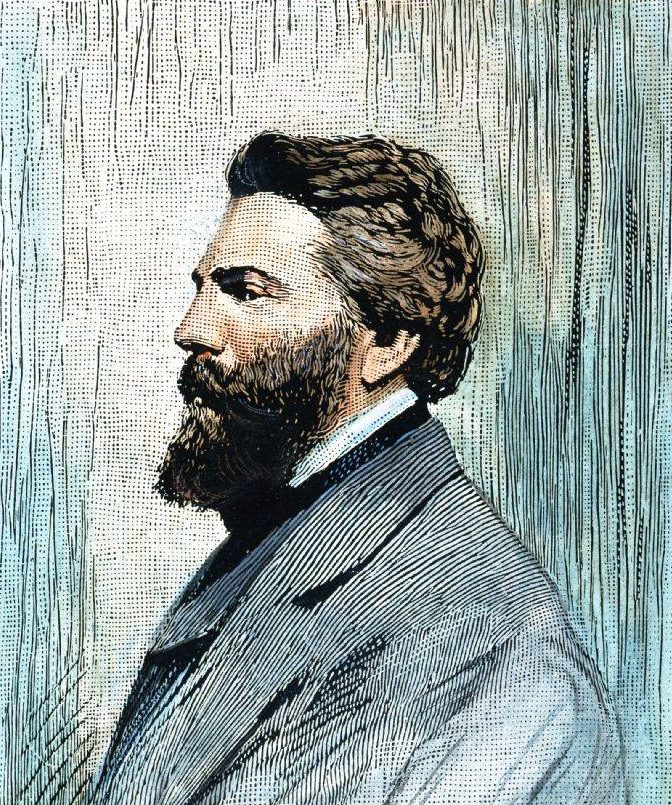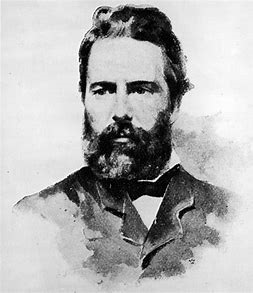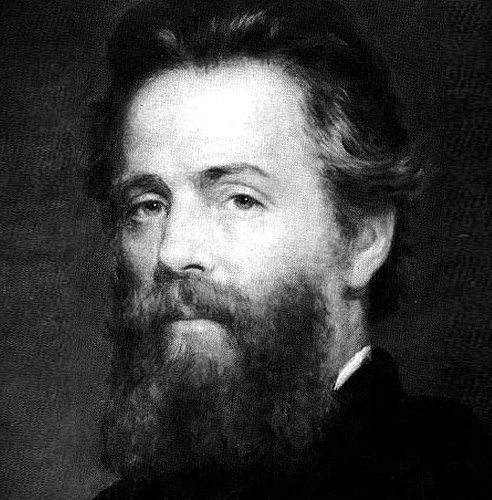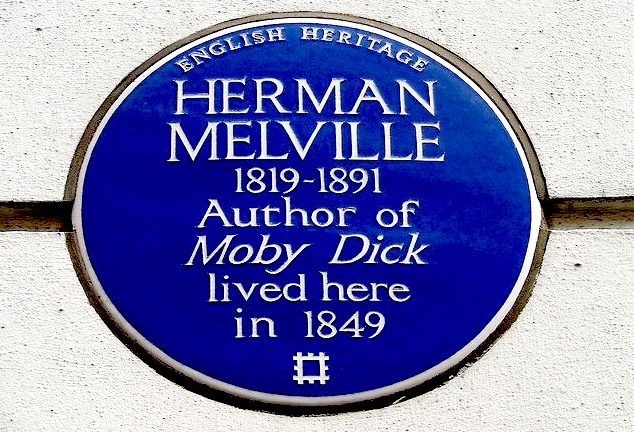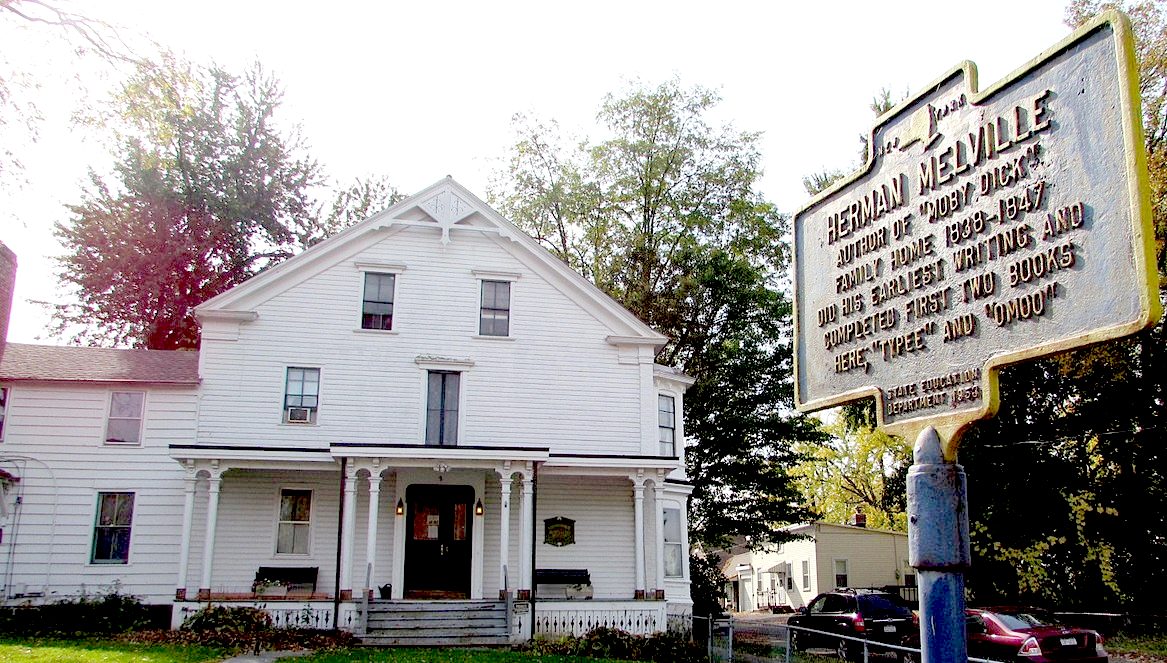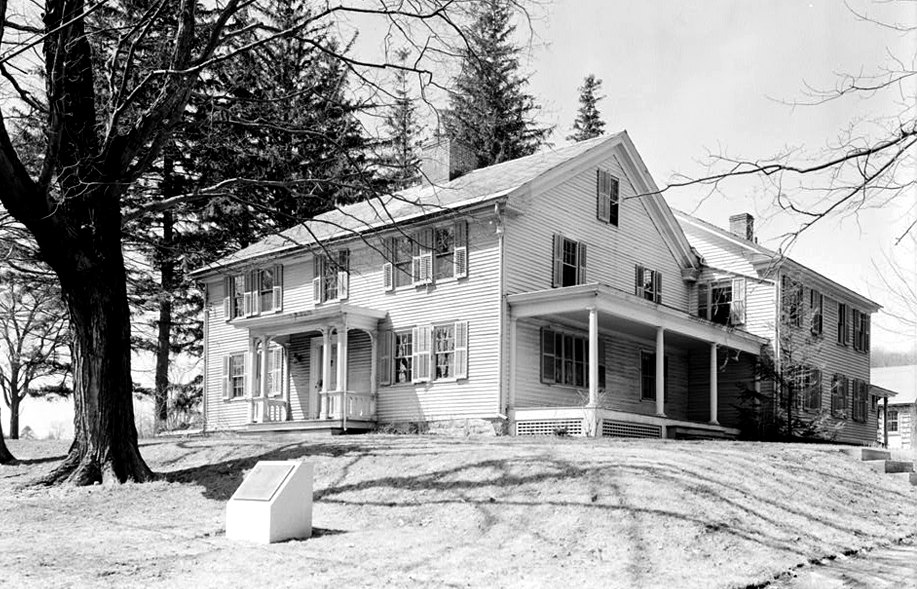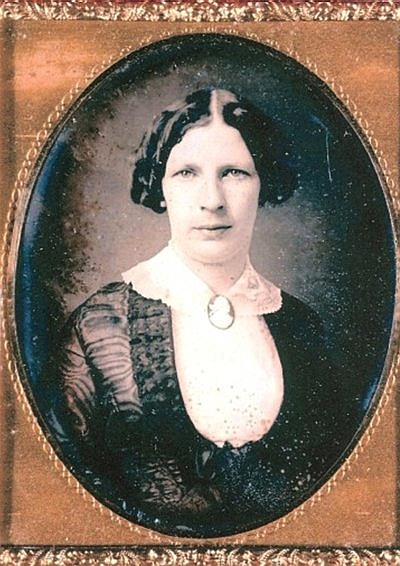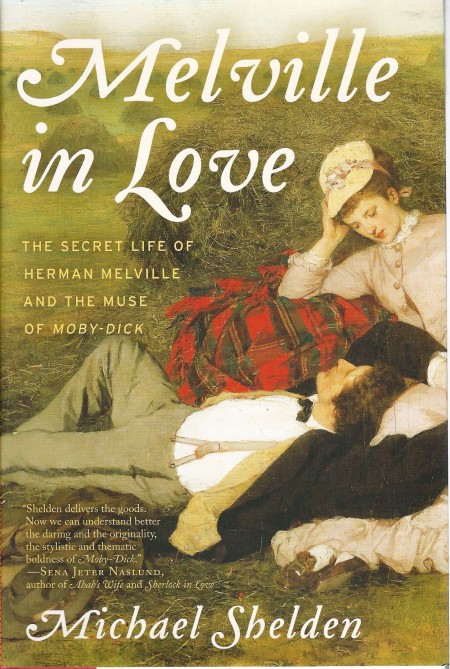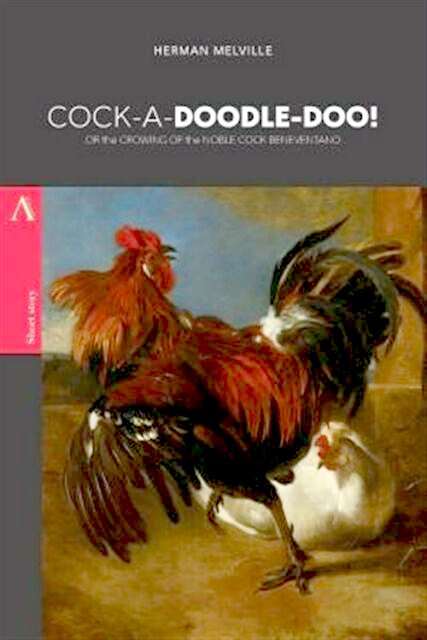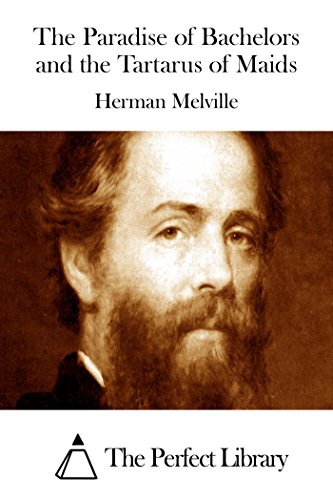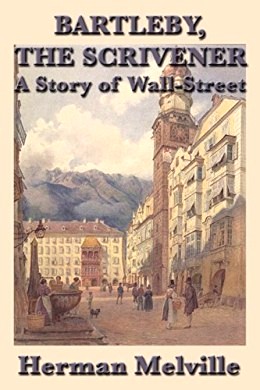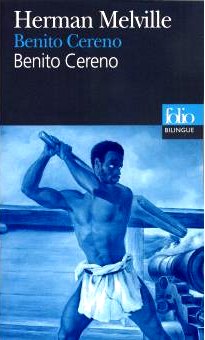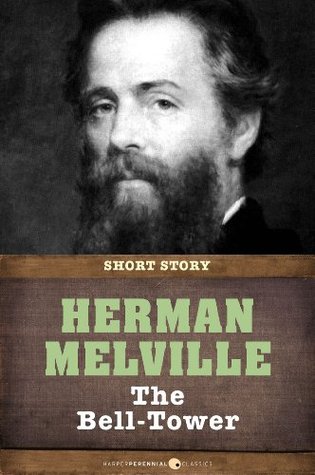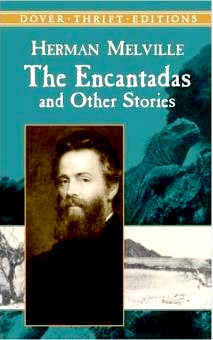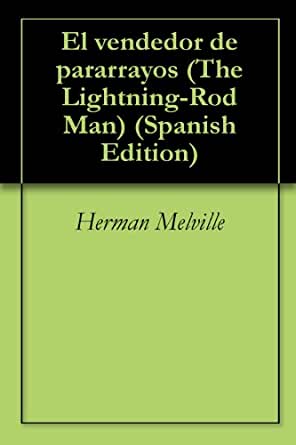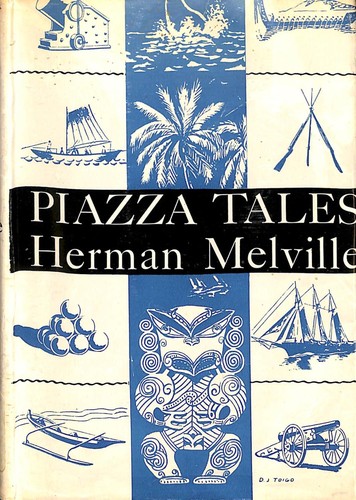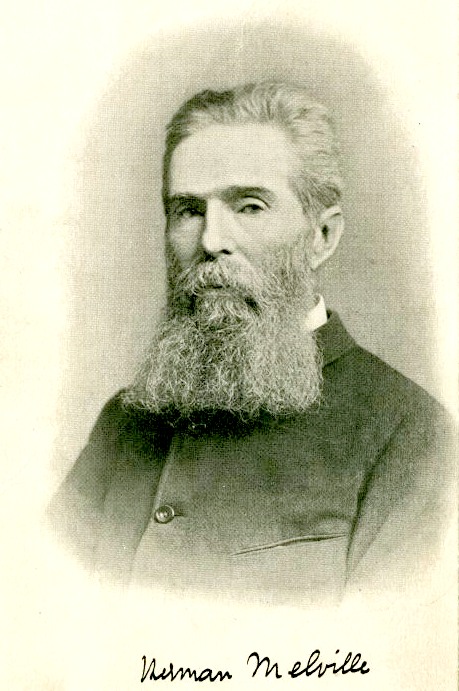|
HERMAN MELVILLE
Please use our A-Z INDEX to navigate this site
|
||||||||||||||||||||
Herman Melville was the author of what we'd now consider an illegal activity, the commercial hunting of whales for oil and meat. He was born in New York City in 1819. He worked as a crew member on several vessels beginning in 1839, his experiences spawning his successful early novels Typee (1846) and Omoo (1847). Subsequent books, including his masterpiece Moby-Dick (1851), sold poorly, and by the 1860s Melville had turned to poetry. Following his death in New York City in 1891, he posthumously came to be regarded as one of the great American writers.
Herman Melville was born on the 1st of August 1819. He died on the 28th of September 1891. He was an American novelist, short story writer and poet of the American Renaissance period. Among his best-known works are
Moby-Dick (1851), Typee (1846), a romanticized account of his experiences in Polynesia, and Billy Budd, Sailor, a posthumously published novella. Although his reputation was not high at the time of his death, the centennial of his birth in 1919 was the starting point of a Melville revival and Moby-Dick grew to be considered one of the great American novels.
Melville's growing literary ambition showed in Moby-Dick (1851), which took nearly a year and a half to write, but it did not find an audience and critics scorned his psychological novel Pierre: or, The Ambiguities (1852). From 1853 to 1856, Melville published short fiction in magazines, including "Benito Cereno" and "Bartleby, the Scrivener". In 1857, he traveled to England, toured the Near East, and published his last work of prose, The Confidence-Man (1857). He moved to New York in 1863 to take a position as Customs Inspector.
FIVE YEARS AT SEA 1839 - 1844
Herman Melville signed a contract on Christmas Day with the ship's agent as a "green hand" for 1/175th of whatever profits the voyage would yield. On Sunday the 27th the brothers heard the Reverend Enoch Mudge preach at the Seamen's Bethel on Johnny-Cake Hill, where white marble cenotaphs on the walls memorialized local sailors who had died at sea, often in battle with whales. When he signed the crew list the next day he was advanced $84.
On January 3, 1841, the Acushnet set sail. Melville slept with some twenty others in the forecastle; Captain Valentine Pease, the mates, and the skilled men slept aft.
Whales were found near The Bahamas, and in March 150 barrels of oil were sent home from Rio de Janeiro. Cutting in and trying-out (boiling) a single whale took about three days, and a whale yielded approximately one barrel of oil per foot of length and per ton of weight (the average whale weighed 40 to 60 tons). The oil was kept on deck for a day to cool off, and was then stowed down; scrubbing the deck completed the labor. An average voyage meant that some forty whales were killed to yield some 1600 barrels of oil.
From July 23 into August the Acushnet regularly gammed with the Lima from Nantucket, and Melville met William Henry Chase, the son of
Owen Chase, who gave him a copy of his father's account of his adventures aboard the Essex. Ten years later Melville wrote in his other copy of the book: "The reading of this wondrous story upon the landless sea, & close to the very latitude of the shipwreck had a surprising effect upon me".
From November 19 to 25 the ship anchored at Chatham's Isle, and on December 2 reached the coast of Peru and anchored at Tombez near Paita, with 570 barrels of oil on board. On December 27 the Acushnet sighted Cape Blanco, off Ecuador, Point St. Elena was sighted the next day, and on January 6, 1842, the ship approached the Galápagos Islands from the southeast. From February 13 to 7 May, seven sightings of sperm whales were recorded but none killed. From early May to early June, the Acushnet cooperatively set about its
whaling endeavors several times with the Columbus of New Bedford, which also took letters from Melville's ship; the two ships were in the same area just south of the Equator. On June 16 she carried 750 barrels, and sent home 200 on the Herald the Second. On June 23, the Acushnet reached the Marquesas Islands, and anchored at Nuku Hiva.
Herman Melville's signature as an inscription on a book given to Mr and Mrs Hawthorne
On August 9, Melville boarded the Australian whaler Lucy Ann, bound for Tahiti, where on arrival he took part in a mutiny and was briefly jailed in the native Calabooza Beretanee. In October, he and crew mate John B. Troy escaped Tahiti for Eimeo. He then spent a month as beachcomber and island rover ("omoo" in Tahitian), eventually crossing over to Moorea. He drew on these experiences for
Omoo, the sequel to
Typee. In November, he contracted to be a seaman on the
Nantucket whaler Charles & Henry for a six-month cruise (November 1842 − April 1843), and was discharged at Lahaina, Maui in the Hawaiian Islands in May 1843.
MOBY DICK & NATHANIEL HAWTHORNE 1850 - 1851
Herman Melville's Moby Dick, is the story of a great white sperm whale that fought back at whalers who tried to harpoon him. The idea for Moby Dick came to Herman Melville after he spent time on a commercial whaler, where stories abounded of the sinking of the Essex in 1821 and Mocha Dick, a giant sperm whale that sank around 20 ships, before being harpooned in 1838.
The earliest surviving mention of Moby-Dick is from early May 1850, when Melville told fellow sea author Richard Henry Dana Jr. it was "half way" written. In June, he described the book to his English publisher as "a romance of adventure, founded upon certain wild legends in the Southern Sperm Whale Fisheries," and promised it would be done by the fall. The original manuscript has not survived, but over the next several months Melville radically transformed his initial plan, conceiving what Delbanco described in 2005 as "the most ambitious book ever conceived by an American writer".
Portrait of Nathaniel Hawthorne in oils
From August 4 to 12, 1850, the Melvilles, Sarah Morewood, Evert Duyckinck, Oliver Wendell Holmes, and other literary figures from New York and Boston came to Pittsfield to enjoy a period of parties, picnics, dinners, and the like. Nathaniel Hawthorne and his publisher James T. Fields joined the group while Hawthorne's wife stayed at home to look after the children. Melville wrote that these stories revealed a dark side to Hawthorne, "shrouded in blackness, ten times black".
Later that summer, Duyckinck sent Hawthorne copies of Melville's three latest books. Hawthorne read them, as he wrote to Duyckinck on August 29, "with a progressive appreciation of their author". He thought Melville in Redburn and White-Jacket put the reality "more unflinchingly" before his reader than any writer, and he thought Mardi was "a rich book, with depths here and there that compel a man to swim for his life. It is so good that one scarcely pardons the writer for not having brooded long over it, so as to make it a great deal better".
There is no shortage of books about Herman Melville, nor collections of his works.
In September 1850, Melville borrowed three thousand dollars from his father-in-law Lemuel Shaw to buy a 160-acre farm in Pittsfield, Massachusetts. Melville called his new home Arrowhead because of the arrowheads that were dug up around the property during planting season. That winter, Melville paid Hawthorne an unexpected visit, only to discover he was working and "not in the mood for company". Hawthorne's wife Sophia gave him copies of Twice-Told Tales and, for Malcolm, The Grandfather's Chair. Melville invited them to visit Arrowhead soon, hoping to "[discuss] the Universe with a bottle of brandy & cigars" with Hawthorne, but Hawthorne would not stop working on his new book for more than one day and they did not come.
After a second visit from Melville, Hawthorne surprised him by arriving at Arrowhead with his daughter Una. According to Robertson-Lorant, "The handsome Hawthorne made quite an impression on the Melville women, especially Augusta, who was a great fan of his books". They spent the day mostly "smoking and talking metaphysics".
They may have been "natural allies and friends," yet they were also "fifteen years apart in age and temperamentally quite different" and Hawthorne "found Melville's manic intensity exhausting at times". Melville wrote 10 letters to Hawthorne; one scholar identifies "sexual excitement...in all the letters". Melville was inspired and with Hawthorne during the period that he was writing Moby-Dick. Melville dedicated the work to Hawthorne: "In token of my admiration for his genius, this book is inscribed to Nathaniel Hawthorne".
On October 18, 1851, The Whale was published in Britain in three volumes, and on November 14 Moby-Dick appeared in the United States as a single volume. In between these dates, on October 22, 1851, the Melvilles' second child, Stanwix, was born. In December, Hawthorne told Duyckinck, "What a book Melville has written! It gives me an idea of much greater power than his preceding ones." Unlike other contemporaneous reviewers of Melville, Hawthorne had seen the uniqueness of Melville's new novel and acknowledged it.
In early December 1852, Melville visited the Hawthornes in Concord and discussed the idea of the "Agatha" story he had pitched to Hawthorne. This was the last known contact between the two writers before Melville visited Hawthorne in Liverpool four years later when Hawthorne had relocated to England.
This house was lived in by Herman and Elizabeth Melville, now a heritage site of some significance. Herman wrote Typee and Omoo while living here.
For many years, Arrowhead was lived in by Herman and Elizabeth Melville, now a heritage site of some significance. Arrowhead is open on Saturdays only from October 19 through December 14, 10am - 2pm. Visit the home where Herman Melville and his family lived from 1850-1863. Melville wrote "Moby-Dick" here as well as many other notable novels and short stories.
TIMELINE
1819:
Herman Melville was born in New York City on August 1, 1819, to Allan Melvill (1782–1832) and Maria (Gansevoort) Melvill (1791–1872).
1849: In 1849, Melville acquired an edition of Shakespeare's works printed in a font large enough for his tired eyes, which led to a deeper study of Shakespeare that greatly influenced the style of his next book, Moby-Dick (1851).
1850: The earliest surviving mention of Moby-Dick is from early May 1850, when Melville told fellow sea author Richard Henry Dana Jr. it was "half way" written.
1924: Billy Budd was published posthumously, but Herman lives on.
HERMAN'S BOOKS
HERMAN'S SHORT STORIES
Bartleby, the Scrivener
HERMAN'S SHORT STORIES
The Paradise of Bachelors and the Tartarus of Maids
THE PIAZZA TALES - COLLECTION
Bartleby, the Scrivener The
Bell Tower
LINKS& REFERENCE
https://www.facebook.com/Herman-Melvilles-Arrowhead-123989551008957/ https://www.mobydick.org/ https://melvillesociety.org/ http://melville.org/
Please use our A-Z INDEX to navigate this site
|
||||||||||||||||||||
|
This website is Copyright © 2020 Cleaner Ocean Foundation Ltd and Jameson Hunter Ltd
|
